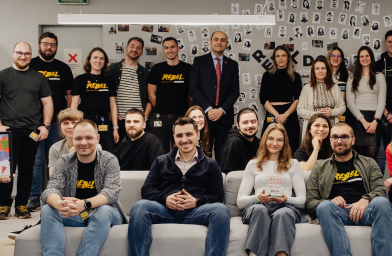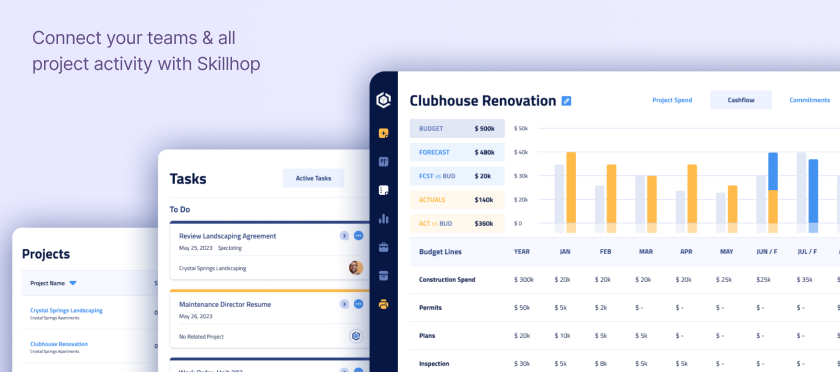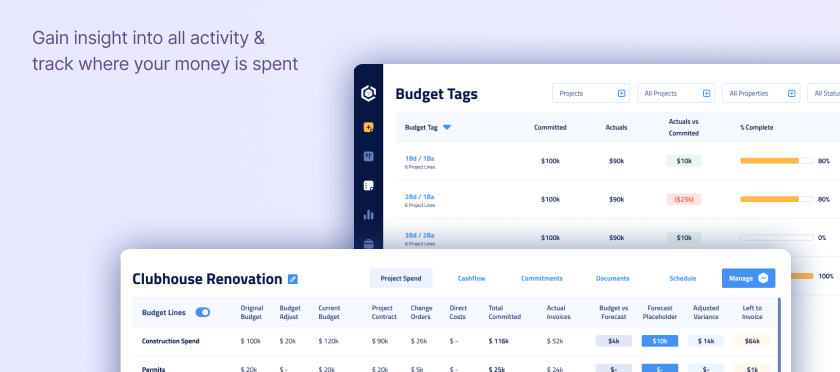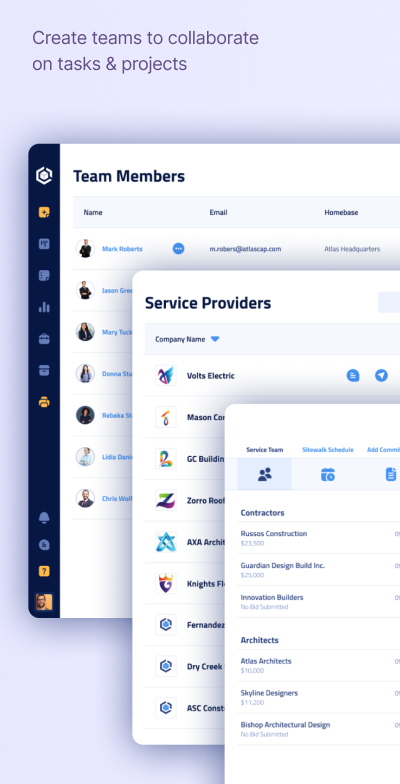
Back to all case studies
AI-powered floor plan segmentation
AI-powered .pdf floor plan segmentation system that accurately estimates surfaces, materials, and other relevant information from floor plans.




Back to all case studies
AI-powered floor plan segmentation
AI-powered .pdf floor plan segmentation system that accurately estimates surfaces, materials, and other relevant information from floor plans.




The challenge
Traditionally, extracting detailed information from floor plans is a time-consuming and error-prone process that requires extensive manual effort. Professionals must meticulously analyze each plan to measure surfaces, identify materials, and compile relevant data, often leading to inconsistencies and inaccuracies.
This challenge is exacerbated when dealing with a large volume of floor plans, as manual methods cannot scale efficiently. Errors in data extraction can lead to costly mistakes in construction projects, such as ordering incorrect amounts of materials or misinterpreting spatial layouts.

The solution
Traditionally, extracting detailed information from floor plans is a time-consuming and error-prone process that requires extensive manual effort. Professionals must meticulously analyze each plan to measure surfaces, identify materials, and compile relevant data, often leading to inconsistencies and inaccuracies.
This challenge is exacerbated when dealing with a large volume of floor plans, as manual methods cannot scale efficiently. Errors in data extraction can lead to costly mistakes in construction projects, such as ordering incorrect amounts of materials or misinterpreting spatial layouts.






Project discovery
The Discovery phase marks the beginning of our journey, where we identify and understand the problem we aim to solve with AI. This stage involves thorough research to gather insights about the market, potential users, and existing solutions.
We engage in brainstorming sessions, stakeholder interviews, and exploratory data analysis to uncover the pain points and opportunities. By the end of this phase, we have a clear definition of the problem, the goals of the AI application, and a preliminary strategy for moving forward.

Early validation
In the Validation stage, we test the feasibility of our AI concept. This involves creating prototypes and conducting experiments to evaluate different AI models and algorithms. We gather and pre-process data, then train and test our models to determine their accuracy and effectiveness.
User feedback and stakeholder inputs play a crucial role in this phase, helping us refine our approach. The goal of validation is to ensure that our AI solution is viable, addressing the identified problem effectively and meeting the stakeholders' requirements.
Solution development
Once validated, we move into the Development phase, where the focus is on building the actual AI application. This involves full-scale data collection and preparation, model training, and iterative testing. We also develop the user interface and integrate the AI model with the application infrastructure.
Our development team works in sprints, continuously improving the application based on testing results and feedback. This phase ensures that the AI solution is robust, scalable, and ready for real-world use.

Launch & maintenance
The Launch stage is where our AI application goes live. We prepare for deployment by conducting final tests, optimizing performance, and ensuring all components work seamlessly. This phase includes training end-users, setting up monitoring and support systems, and executing a comprehensive rollout plan.
Post-launch, we closely monitor the application's performance, gather user feedback, and make necessary adjustments to enhance functionality. The goal is to ensure a smooth transition to the market and achieve the intended impact with our AI solution.
Similar case studies

Let’s talk about your AI goals
Work with extraordinary people that will help you shape your AI vision. Reach out and talk to our team.


.jpg)

.svg)







